Name Frank Morgan | Occupation Actor Children George Morgan Years active 1914–1949 | |
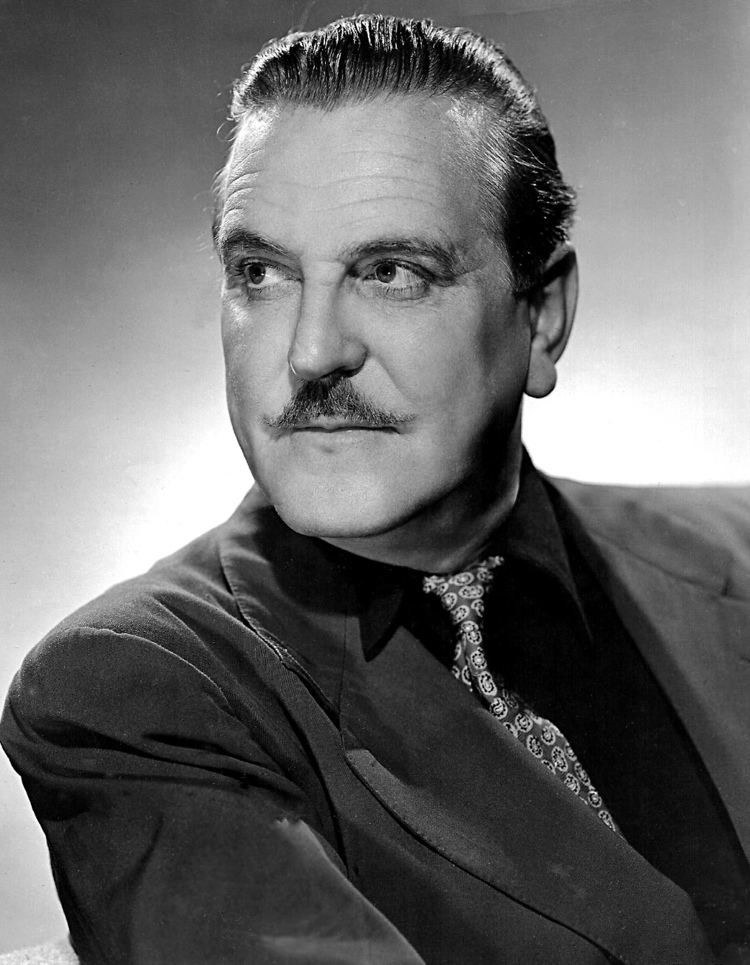 | ||
Full Name Francis Phillip Wuppermann Spouse Alma Muller (m. 1914–1949) Movies The Wizard of Oz, The Shop Around the Corner, The Great Ziegfeld, The Mortal Storm, Courage of Lassie Similar People Ray Bolger, Bert Lahr, Jack Haley, Margaret Hamilton, Billie Burke | ||
Frank morgan
Frank Morgan (born Francis Phillip Wuppermann; June 1, 1890 – September 18, 1949) was an American character actor. He is best known as a Metro-Goldwyn-Mayer contract player and as the titular character in The Wizard of Oz .
Contents
- Frank morgan
- The Many Faces of Frank Morgan in THE WIZARD OF OZ
- Early life
- Career
- Personal life and death
- Awards and honors
- Filmography
- References
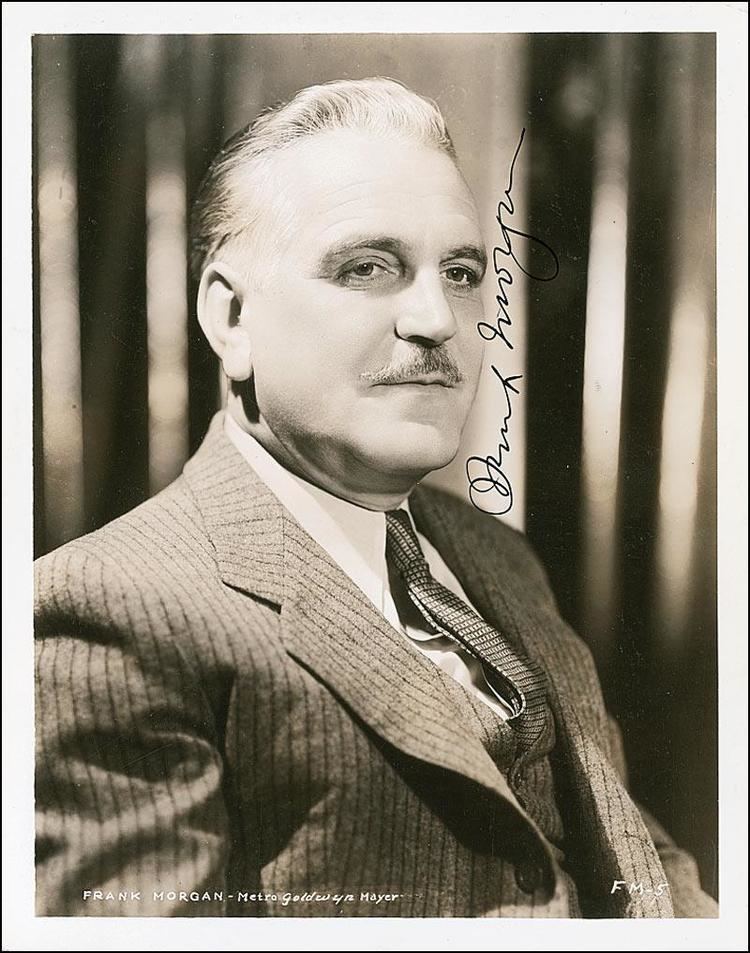
The Many Faces of Frank Morgan in THE WIZARD OF OZ
Early life
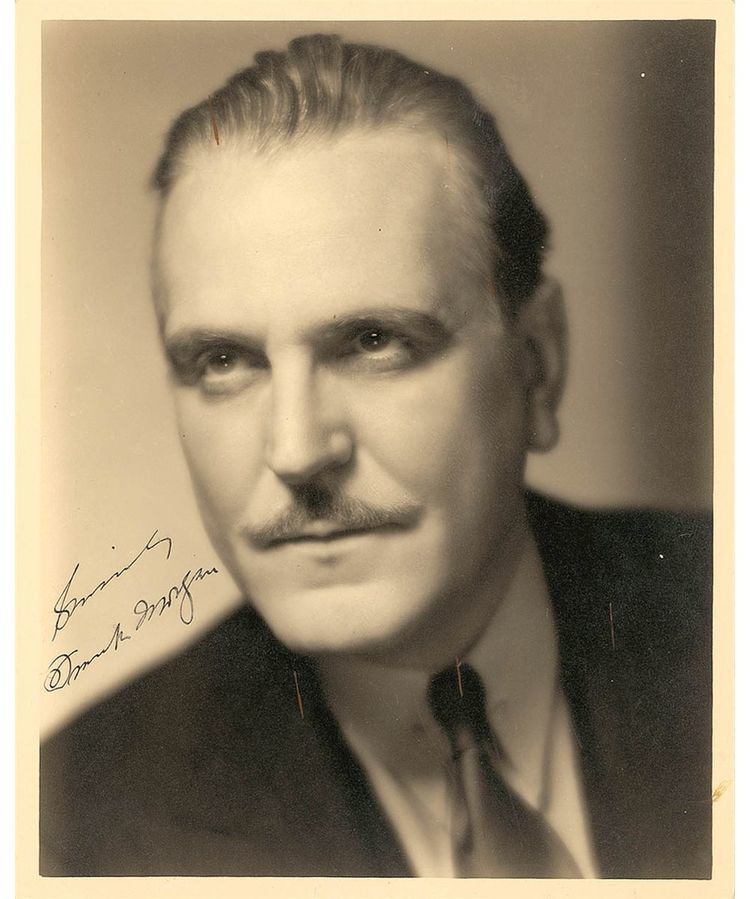
Morgan was born Francis Phillip Wuppermann in New York City, to Josephine Wright (née Hancox) and George Diogracia Wupperman. He was the youngest of six boys and five girls. The elder Mr. Wuppermann was born in Venezuela, but was brought up in Hamburg, Germany and was of German and Spanish ancestry. His mother was born in the United States, of English ancestry. The family earned its wealth distributing Angostura bitters, allowing Wuppermann to attend Cornell University where he joined Phi Kappa Psi Fraternity and the Glee Club. He then followed his older brother Ralph Morgan into show business, first on the Broadway stage and then into motion pictures.
Career
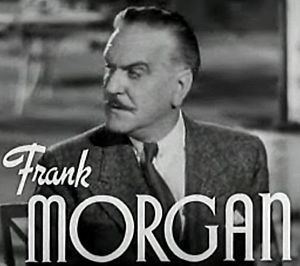
After his film debut The Suspect (1916), he provided support to his friend John Barrymore in Raffles, the Amateur Cracksman (1917), an independent film produced in and about New York City. Morgan's career expanded when talkies began, his most stereotypical role being that of a befuddled but good hearted middle-aged man.
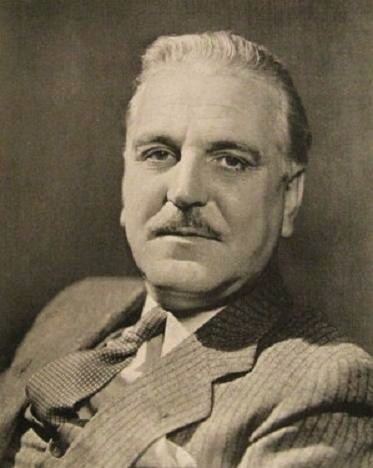
By the mid-1930s, Metro-Goldwyn-Mayer had been so impressed by Morgan that they signed him to a lifetime contract. Morgan's best remembered film performance, playing five roles, is in The Wizard of Oz (1939), where he played the carnival huckster "Professor Marvel", the Gatekeeper at the Emerald City, the coachman of the carriage drawn by "The Horse of a Different Color", the Guard who initially refuses to let Dorothy and her friends in to see the Wizard, and the Wizard himself. Morgan was cast in the role on September 22, 1938. W. C. Fields was originally chosen for the role of the Wizard, but the studio ran out of patience after protracted haggling over his fee. An actor with a wide range, he was equally effective playing comical, befuddled men such as Jesse Kiffmeyer in Saratoga (1937) and Mr. Ferris in Casanova Brown (1944), as he was with more serious, troubled characters like Hugo Matuschek in The Shop Around the Corner (1940) and Professor Roth in The Mortal Storm (1940). MGM's 1946 film The Great Morgan was written with the story centering on Frank Morgan.
In the 1940s, Morgan co-starred with Fanny Brice in one version (of several different series) of the radio program Maxwell House Coffee Time, aka The Frank Morgan-Fanny Brice Show. During the first half of the show Morgan would tell increasingly outlandish tall tales about his life adventures, much to the dismay of his fellow cast members. After the Morgan segment there was a song, followed by Brice as 'Baby Snooks' for the last half of the show. In 1947, Morgan starred as the title character in the radio series The Fabulous Dr. Tweedy. He also recorded a number of children's records, including the popular Gossamer Wump, released in 1949 by Capitol Records.
Like most character actors of the studio era, Morgan was sought out for numerous motion picture roles. One of his last roles was as Barney Wile in The Stratton Story (1949), a true story about a ballplayer (played by James Stewart) who makes a comeback after having his leg amputated due to a hunting accident.
His final film Key to the City (1950) was released posthumously, in which he played Fire Chief Duggan. He was the third lead, after Clark Gable and Loretta Young.
Personal life and death
Morgan married Alma Muller (1895–1949) in 1914; they had one son. Their marriage ended with his death in 1949. He was widely known to have had a drinking problem, according to several who worked with him, including actress Margaret Hamilton (the Wicked Witch of the West in The Wizard of Oz) and Oz historian Aljean Harmetz. Morgan sometimes carried a black briefcase to work fully equipped with a small mini-bar. Morgan's niece Claudia Morgan (née Wuppermann) was a stage and film actress, most notable for playing the role of Vera Claythorne in the first Broadway production of Agatha Christie's And Then There Were None.
Morgan was also a brother of playwright Carlos Wupperman, who was killed in the Rhineland in 1919 while on duty there with the Army of Occupation. Wupperman had only one play produced on Broadway, The Triumph of X which opened at the Comedy Theater in New York City on August 24, 1921, but ran for only 30 performances. The production starred Morgan, and also featured Helen Menken as the female lead. Also in the production for his first Broadway outing was Robert Keith, father of actor Brian Keith and one-time husband of Theater Guild actress Peg Entwistle. Entwistle committed suicide by jumping from the Hollywood Sign in 1932.
Morgan died of a heart attack on September 18, 1949, while filming Annie Get Your Gun (he was replaced by Louis Calhern). His death came before the 1956 premiere televised broadcast on CBS of The Wizard of Oz, which would make him the only major cast member from the film who would not live to see the film's revived popularity and become in the 1960s an annual holiday American television institution. He is buried in Green-Wood Cemetery in Brooklyn. His tombstone carries his real name, Wuppermann, as well as his stage name.
Awards and honors
Morgan was nominated for two Academy Awards, one for Best Actor for his role as the cuckolded Duke of Florence in The Affairs of Cellini (1934) and one for Best Supporting Actor for Tortilla Flat (1942), as a simple Hispanic owner of the dogs.
Morgan has two stars dedicated to him on the Hollywood Walk of Fame in Hollywood, California: one for motion pictures at 1708 Vine Street, and one for his work in radio at 6700 Hollywood Boulevard. Both were dedicated on February 8, 1960.
